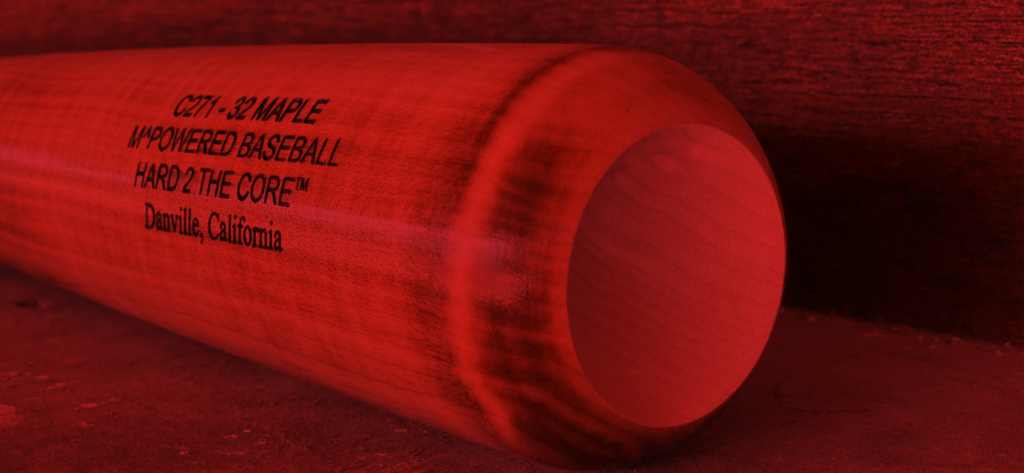THE TRUTH ABOUT FALSE CLAIMS
Competitors often make claims about having the hardest, best or even the most durable wood. All ball players have heard the claims. The truth of the matter is when it comes to wood species and wood raw material for baseball bats, there are a few things every player should recognize.
Most players use maple. Some players like birch and ash. Species like beech, hickory and others are limited and come with issues. Hickory is typically heavy but potent. It was the wood of choice back in the day during the dead-ball era (our website has these in limited stock). Beech tends to be a quality species and approved by MLB, but the material is difficult to dry and tends to be very temperamental. It does have the elastic properties like ash and birch with the hardness of maple (our website has these in stock).
With regards to the claims by our competitors about the hardest, best or most durable wood, here’s our warning: think twice. Most of the raw material in the business comes from three or four states and from a limited number of suppliers. The bottom line—most serious bat makers are getting their raw material from the same place. There are different grades of wood, and they drive the price of a bat. In the end, a $200 wood bat will be an equal opportunity breaker, just like a $99 bat. The right bat usage is what defines its value, not a claim by a company. Sanding, finishing and craftsmanship make a quality bat, but it is the correct usage that determines its life span.
Stay on your toes for bats made by companies that pretend they’re unique. There’s only one level of wood that can have that claim, and we’ll highlight that in our next blog. In the meantime, swing on over to our other blogs for all things baseball.


